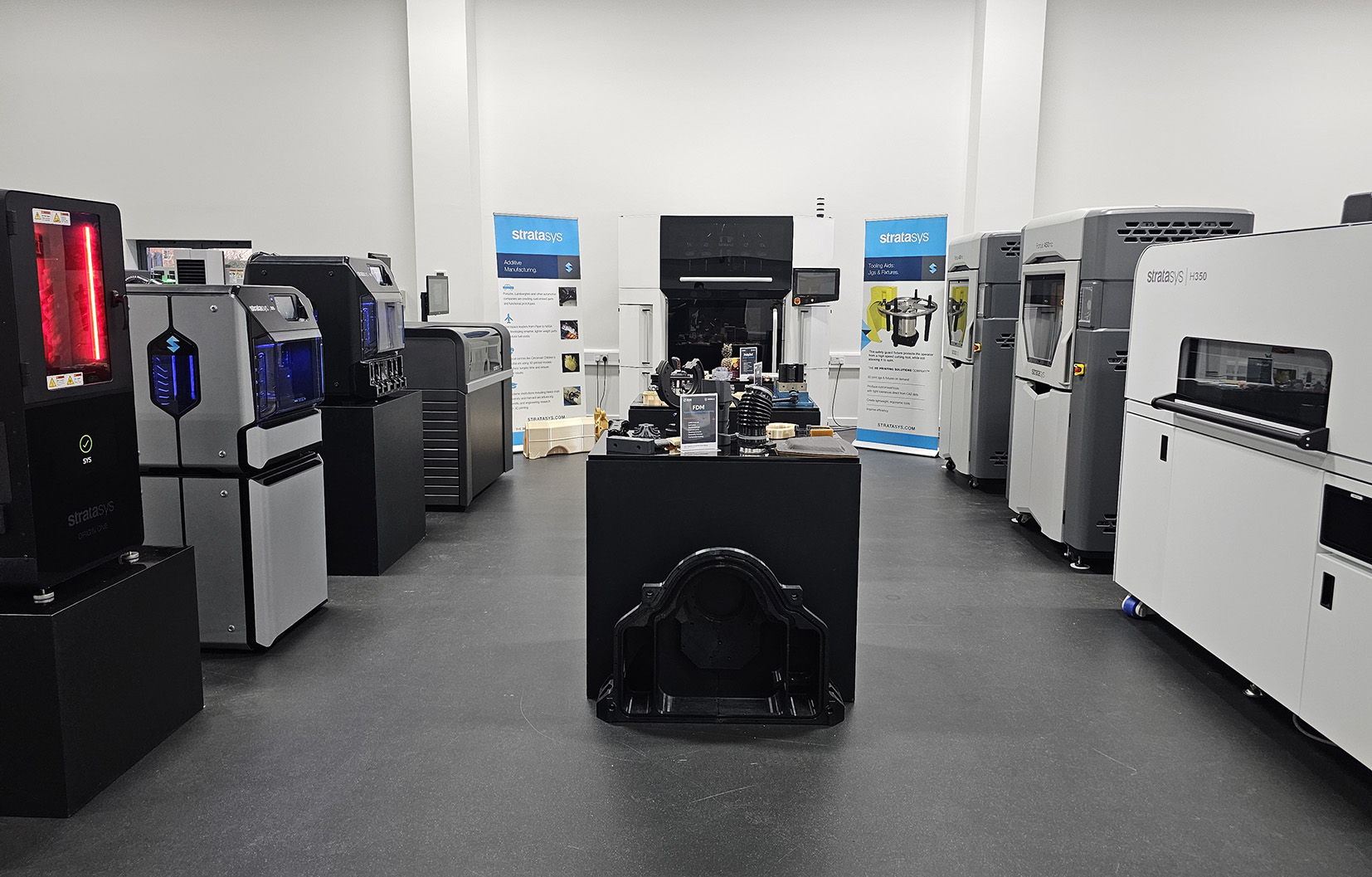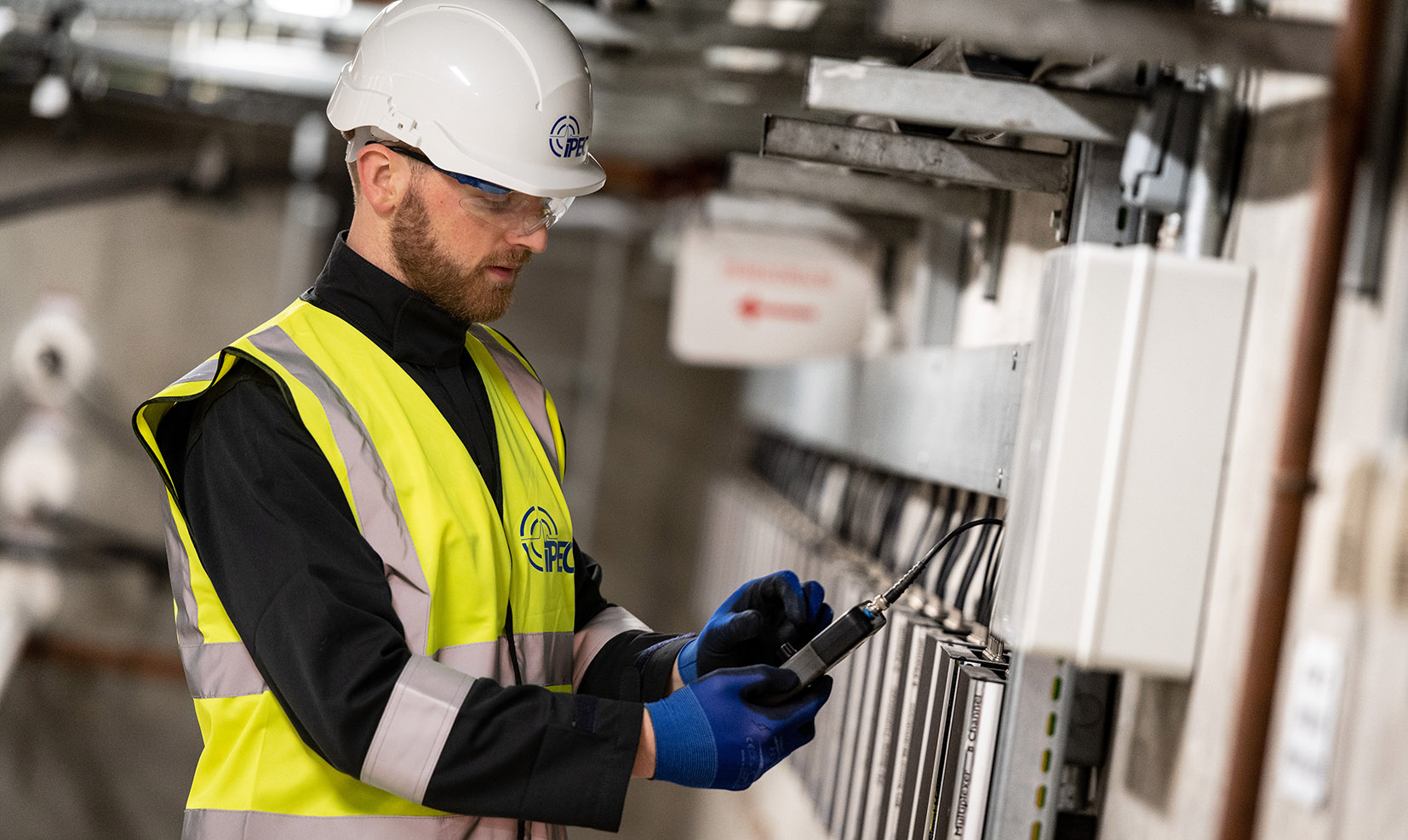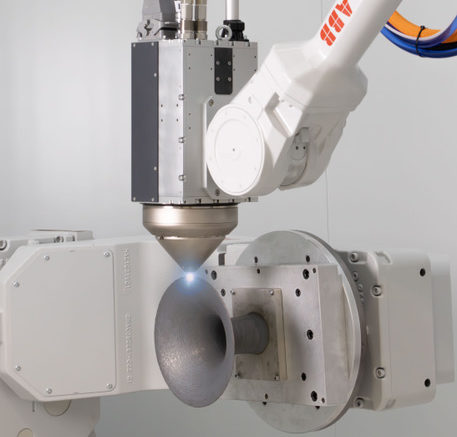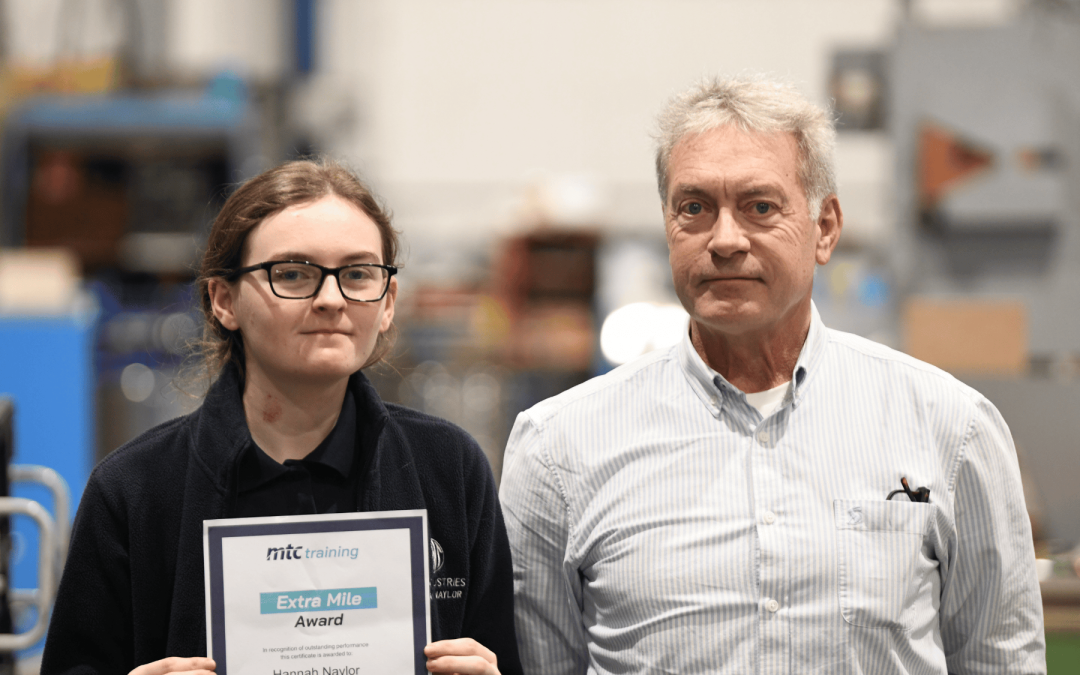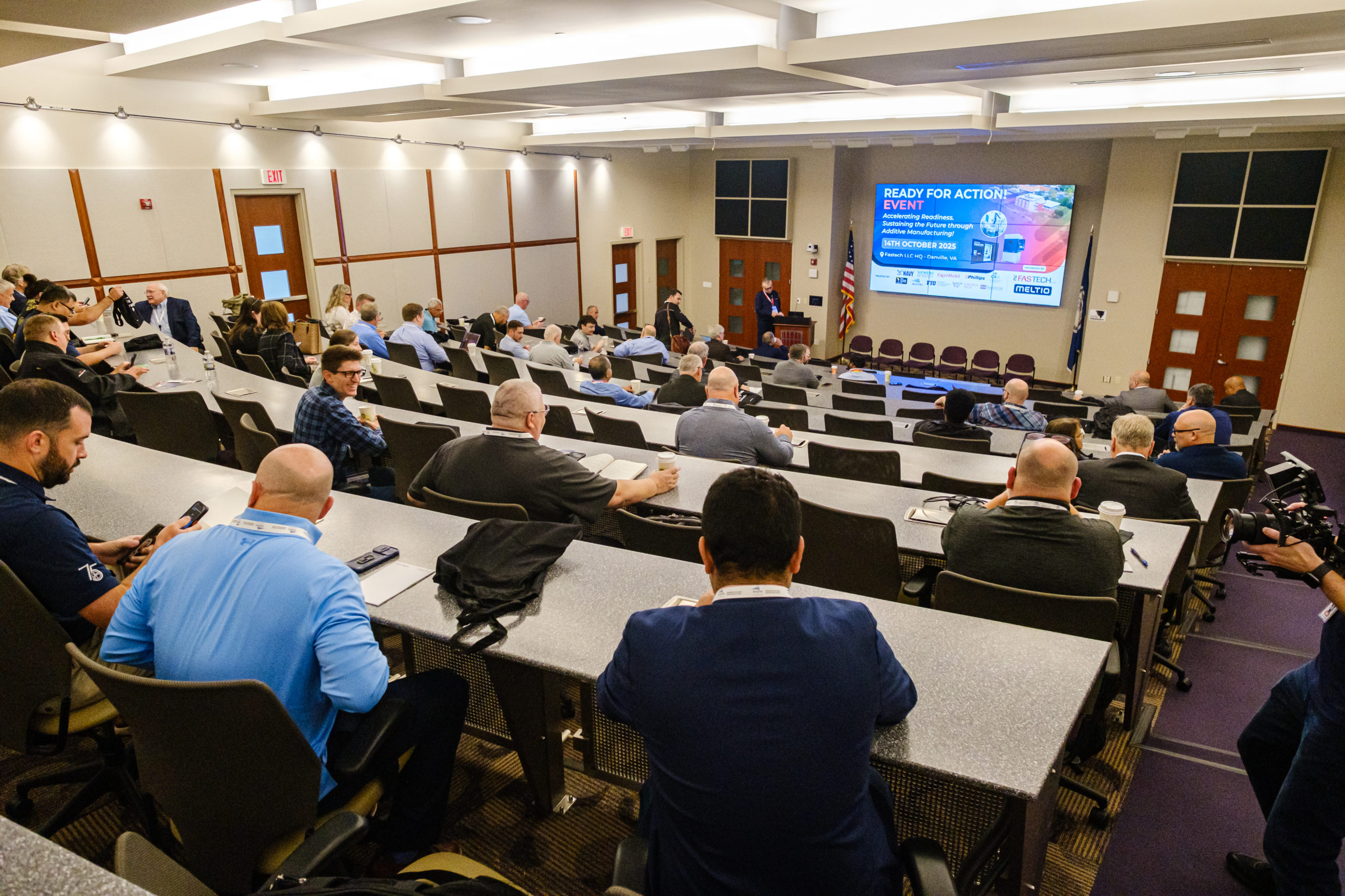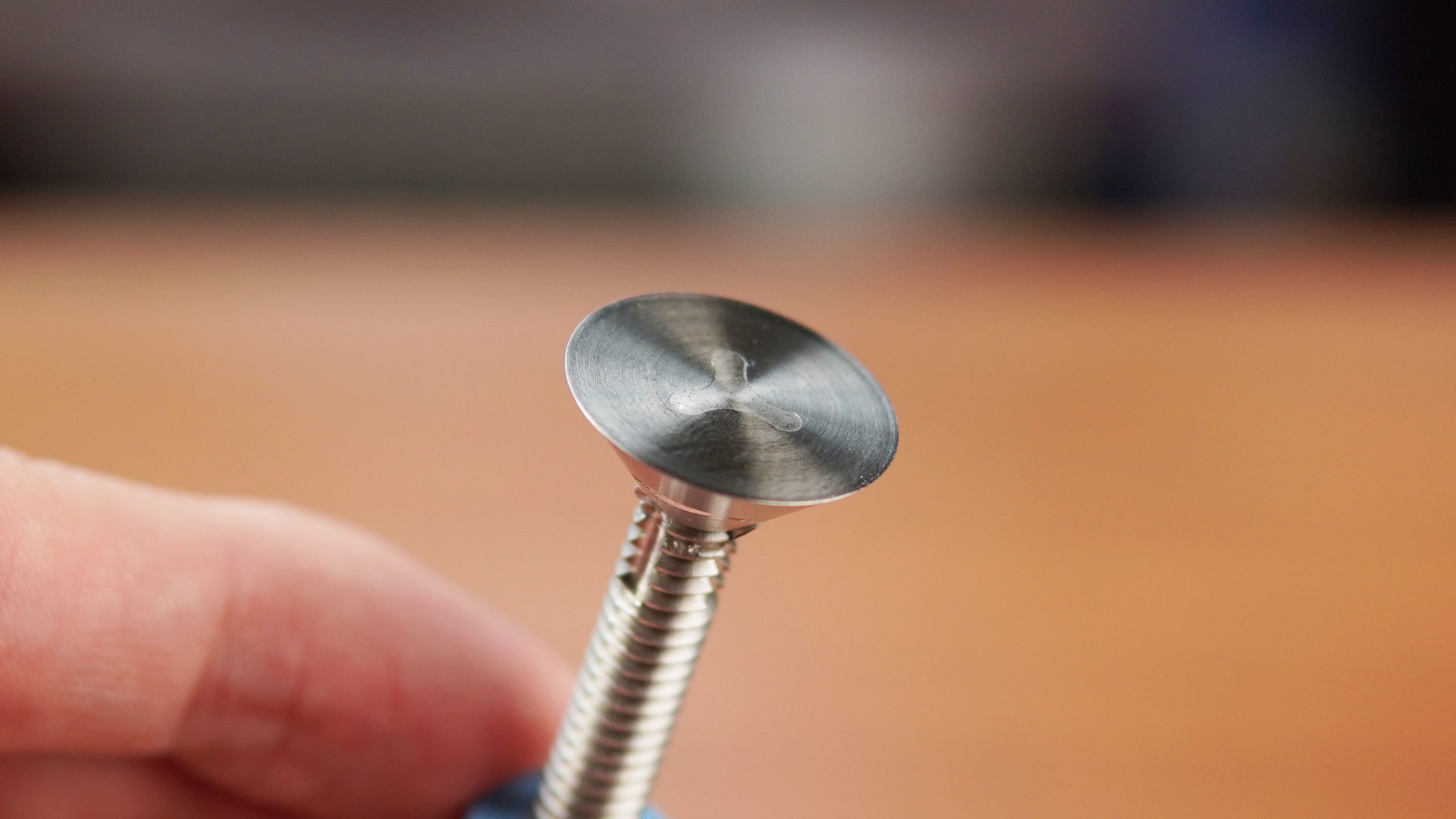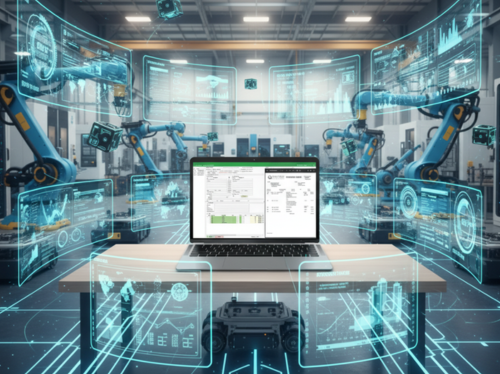Laser scanning transforms inspection of roofing products

Few people outside the tile-making and building industry know that a good quality roof tile has to be manufactured to a tolerance as tight as +/– 0.5 mm. It places a requirement on the sector’s R&D and quality control functions to measure prototype tiles and mass produced tile samples to ensure they are accurate. Metrology staff also need to check the wear on moulds used to make the product, as well as the condition of tungsten carbide wear parts and steel tooling in the production machinery. Sometimes it’s necessary to reverse-engineer replacement components for older machines to avoid delays in production, or produce a CAD model to update a legacy tile, or inspect a 3D-printed item to assist a design process.
This is the scenario at the Crawley Technical Center of BMI Group, a manufacturer of flat and pitched roofing systems, where since July 2024 design engineer Luke Kelly and several of the team have been using a portable measuring arm inspection solution supplied by LK Metrology.
Superseding a smaller and now unsupported arm and touch probe, which was used alongside conventional, manually-intensive metrology equipment like callipers and height gauges, the new inspection area comprises a seven-axis, multi-sensor Freedom Arm Classic Scan with a 2.73-m reach equipped with a touch probe and an H120 laser line scanner, which since the end of 2023 has been manufactured by LK following its acquisition of Nikon Metrology’s laser scanner hardware and software business. Together with a rotatable, 300 mm diameter Freedom index table, the lightweight carbon-fibre arm is mounted on a metrology table, with all elements supplied by LK. Additionally, Innovmetric’s PolyWorks Inspector software was purchased from reseller 3D Scanners UK to provide advanced point cloud analysis, evaluate surfaces, measure geometrical features, generate coloured heat maps for part-to-CAD or scan-to-scan comparisons, and generate full reports.
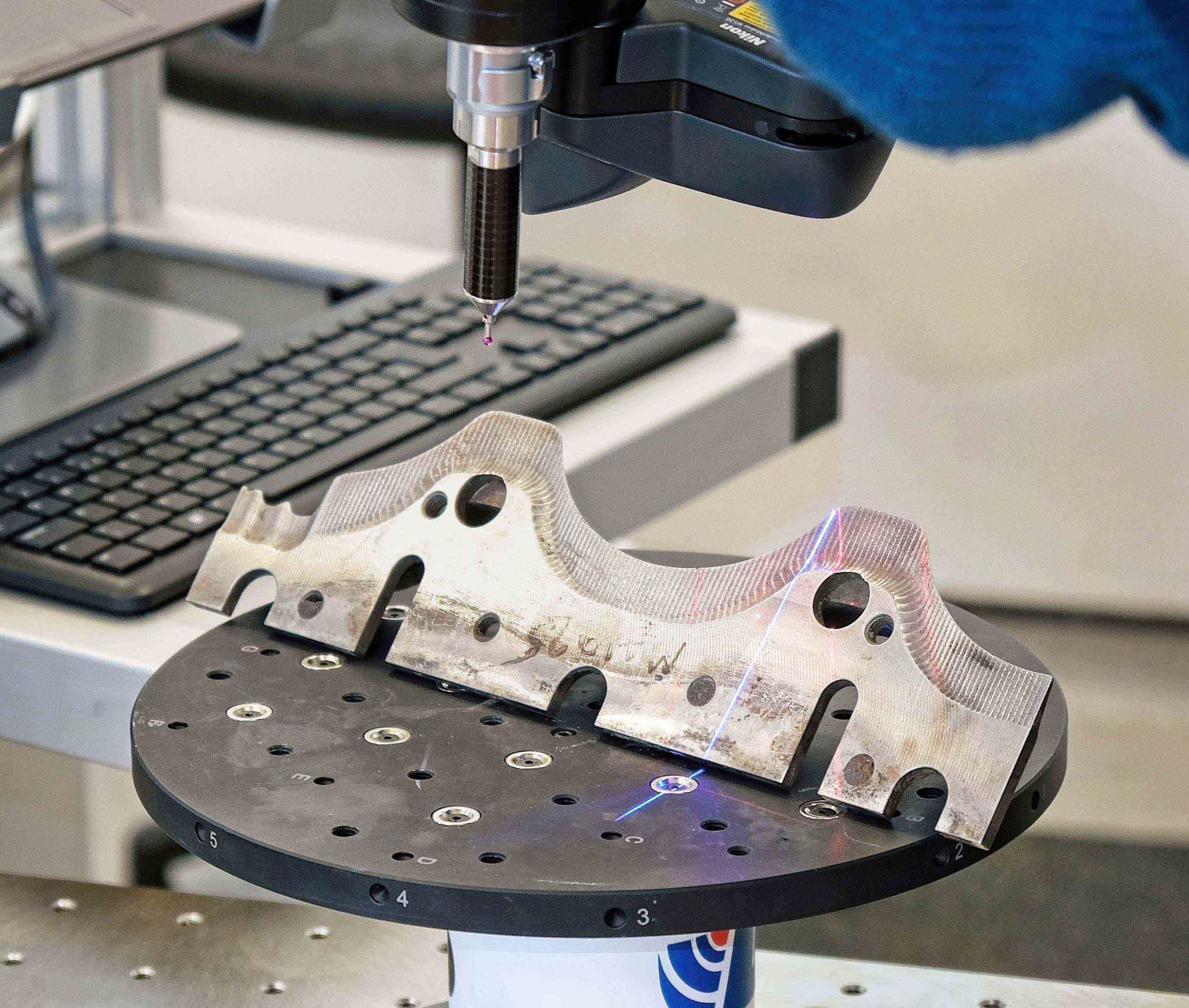
One of the most important inspections performed is on the die-cast aluminium moulds used to form the underside of concrete tiles in the extrusion process The pallets are subject to abrasion and erosion and there are tens of thousands of them in a set, according to the size of the tile manufacturing operation. Re-equipping a large factory with these pallets can cost well in excess of £1 million, so it’s important to take samples regularly to assess their condition, predict lifespan and identify production line issues.
This process is now streamlined with the new LK system, which is especially useful as the frequency with which pallets are sent to the Technical Center for analysis has increased in recent years. The scale of the task is amplified by there being hundreds of pallet sets across the group, including for main tiles, cloak verges, ridges and special fittings.
Luke kelly explains: “Our previous metrology methods for assessing the aluminium pallets, and indeed tiles themselves, were time consuming to set up and analyse. We took only 16 measurement points around the edges of each pallet, for example, so they wouldn’t show some of the wear in the centre of the objects that the laser scanner is able to. The amount and quality of the metrology data has increased enormously with laser scanning, allowing us to feed back much more detailed reports to our tile factories so they can make any necessary adjustments to the production line and predict the number of passes the pallets can make before needing replacement.”
He adds: “Reverse engineering of tiles using the scanner is much faster and richer in detail than our previous method of taking individual cross sections. For some applications where we want a reference CAD model, it will save us days of work creating it from scratch, as we can simply use the STL output from the laser scanning software.”

